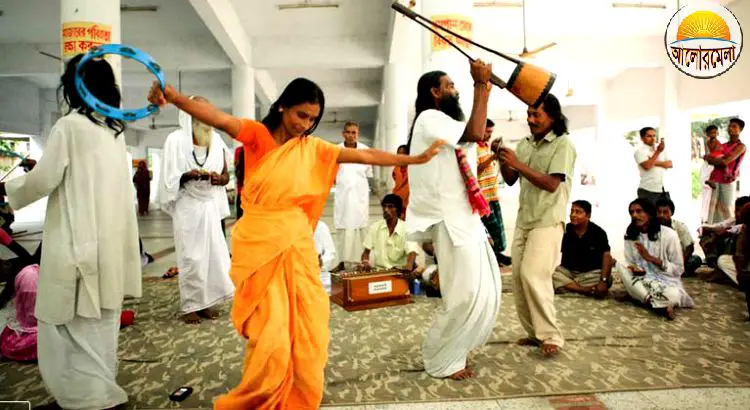As Daylight Savings Time (DST) 2024 approaches, people across the United States prepare to set their clocks back and enjoy an extra hour of sleep. Here’s a complete guide to everything you need to know about the 2024 time change.
When Does Daylight Savings Time End in 2024?
In 2024, the “fall back” for Daylight Savings Time will occur on Sunday, November 3, 2024, at 2:00 a.m. This means that clocks will be set back by one hour, giving people an extra hour of daylight in the morning and signaling the start of shorter days and longer nights.
What Is the Purpose of the Fall Back Time Change?
The tradition of Daylight Saving Time began as a way to make better use of daylight hours during the longer days of spring and summer. In the fall, however, the time change aims to provide brighter mornings, aligning daylight hours with typical schedules to improve visibility and safety in the morning. While this annual clock change has its supporters and critics, it remains a significant part of managing daylight hours.
Important Facts About Daylight Savings Time 2024
-
Is Daylight Saving Time the same worldwide?
No, Daylight Saving Time (DST) is not observed globally. While many countries in North America and Europe adjust their clocks seasonally, others, including most of Asia and Africa, do not. Countries that observe DST often differ in their start and end dates, adapting the practice to regional needs and preferences. -
How does Daylight Saving Time impact sleep and health?
The time change can disrupt circadian rhythms, especially during the spring “spring forward” transition. However, many find that the “fall back” transition, which offers an extra hour of sleep, has a more positive impact on sleep quality. Health experts suggest preparing for DST by adjusting sleep schedules slightly a few days beforehand to ease the transition. -
How can I remember when to change my clocks?
A helpful reminder is the phrase, “Spring forward, fall back.” This means clocks are set forward in the spring and back in the fall. Many people also use the first Sunday in March and November as reminders to reset clocks. -
Does Daylight Saving Time actually save energy?
This is debated. Originally, DST was introduced to save energy by reducing the need for artificial lighting during evening hours. However, modern studies have mixed findings, as energy savings vary by region, climate, and modern energy use patterns, including air conditioning and heating. -
Are there any proposals to end Daylight Saving Time?
Yes, there have been numerous proposals in recent years to eliminate or make DST permanent. The U.S. Congress has considered bills such as the Sunshine Protection Act, which would make DST permanent nationwide, though it has not yet been passed. -
What are the safety considerations around the time change?
Studies show that the days following the DST shift can see an increase in car accidents, workplace incidents, and even heart attacks, due to disrupted sleep patterns. Safety experts advise extra caution when driving, especially in the early morning hours following the time change. -
How does DST affect businesses and scheduling?
The shift can impact businesses and scheduling, particularly in global industries. For example, airlines, financial markets, and broadcasting companies must adjust schedules to account for different time zones and DST practices worldwide, ensuring that operations remain synchronized. -
Will my electronic devices adjust automatically?
Most modern devices, like smartphones, computers, and smart appliances, automatically adjust for DST if set to the correct time zone. It’s always a good idea to check devices that don’t update automatically, such as microwaves, wall clocks, and traditional wristwatches. -
How does DST impact agriculture and farming?
Contrary to popular belief, Daylight Saving Time was not introduced for farmers. In fact, many farmers historically opposed it, as it disrupted their natural work routines. Cows, for example, are unaffected by clocks and may produce less milk temporarily due to the change in feeding and milking times. -
Is there an easy way to prepare for the time change?
Gradually adjusting your sleep schedule a few days before the clocks change can help your body adapt more smoothly. Going to bed 15 minutes earlier each day in the days leading up to the shift can minimize the impact of the fall time change on your body’s internal clock.
Frequently Asked Questions about Daylight Savings and Fall Time Change 2024
-
Why do we still observe Daylight Savings Time?
While Daylight Saving Time began as an energy-saving measure, it continues to be practiced in many countries, primarily to optimize daylight hours during different seasons. -
Which states do not observe Daylight Saving Time?
Hawaii and most of Arizona do not observe DST, remaining on standard time year-round.
Final Thoughts
Mark your calendar for Sunday, November 3, 2024, for the fall back daylight savings time change. While many enjoy the extra hour of sleep, it also marks the start of earlier sunsets and shorter days. Adjust your clocks, enjoy the fall season, and embrace the shift as Daylight Savings Time 2024 comes to an end.







